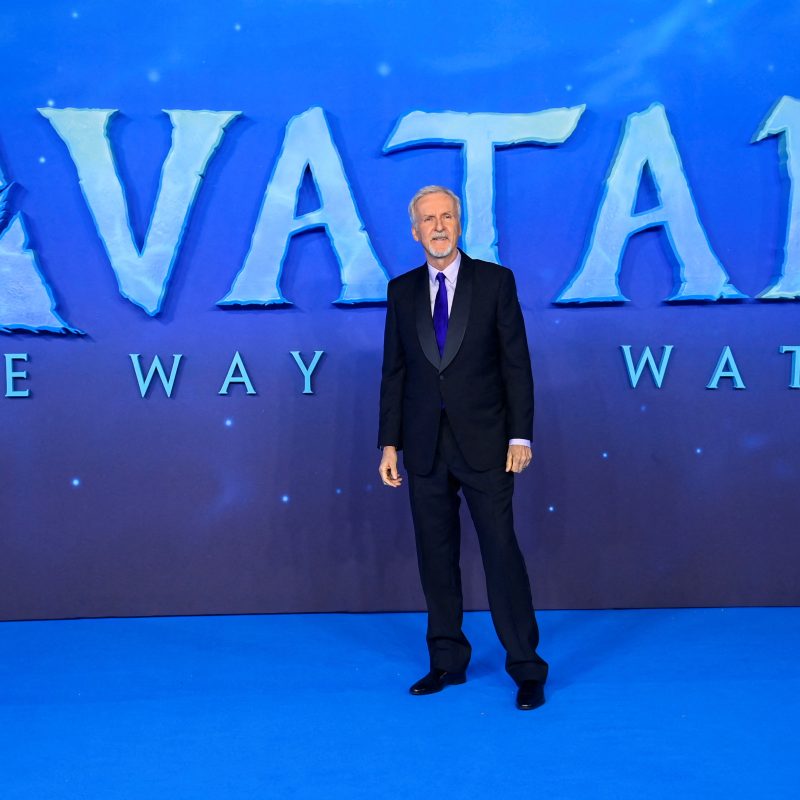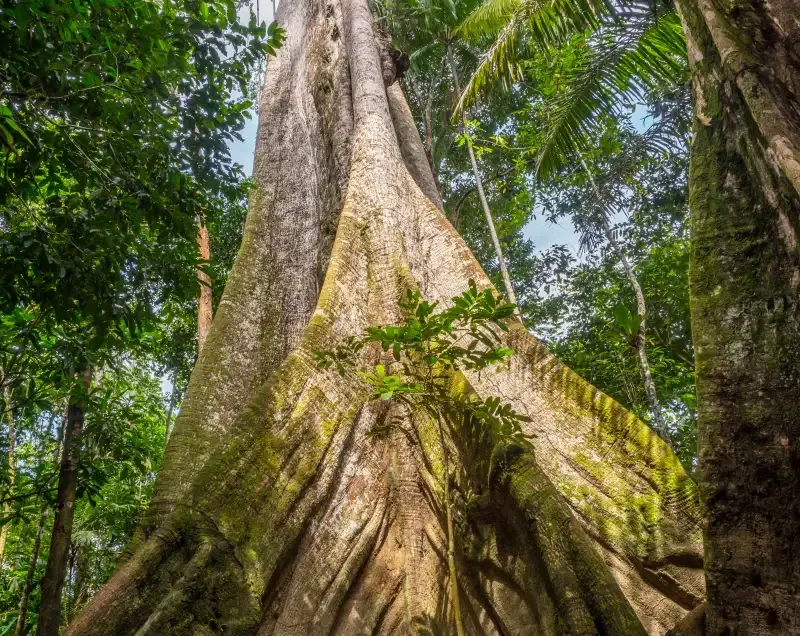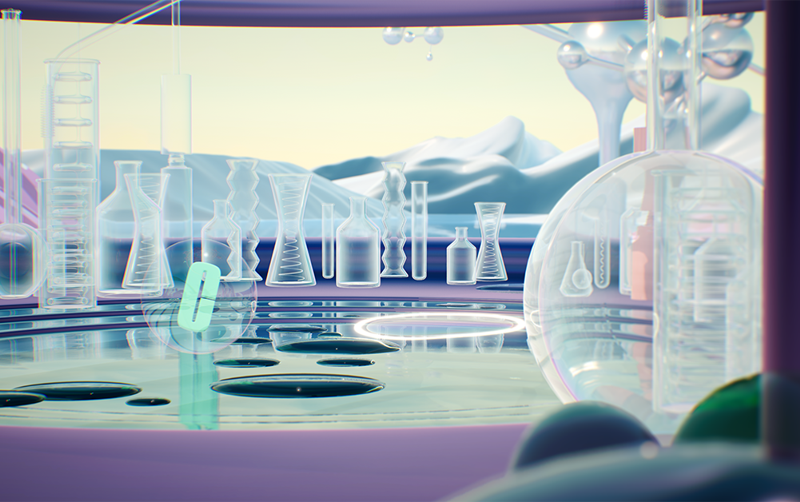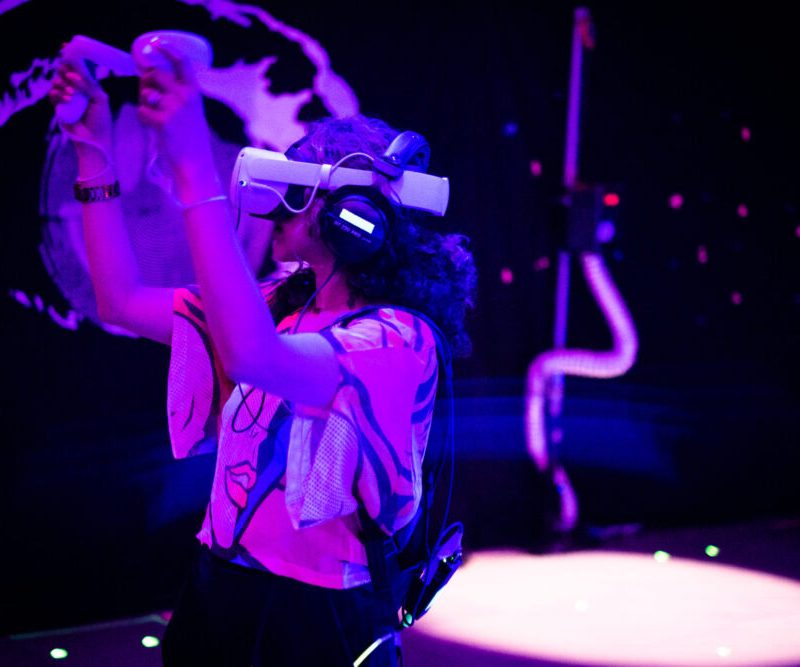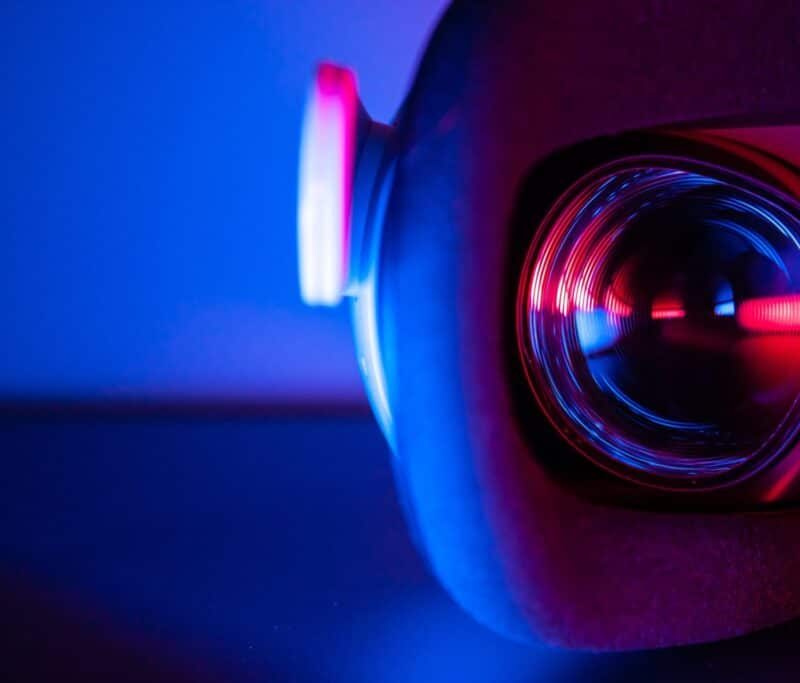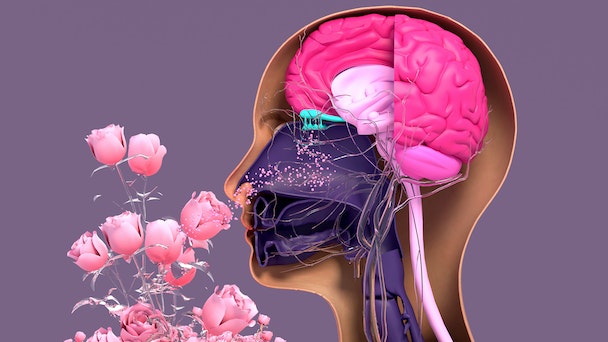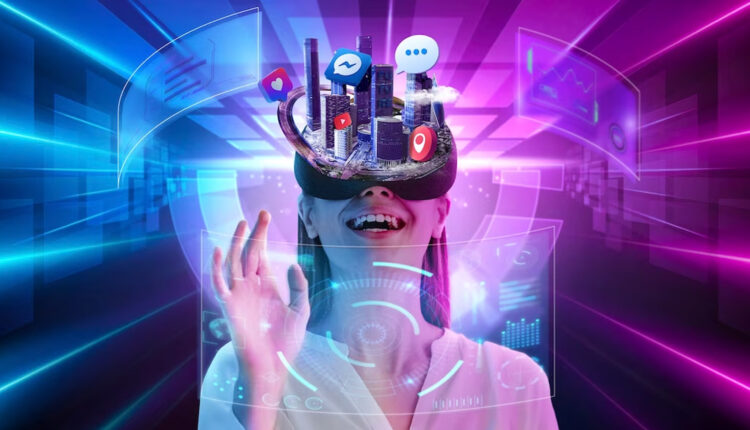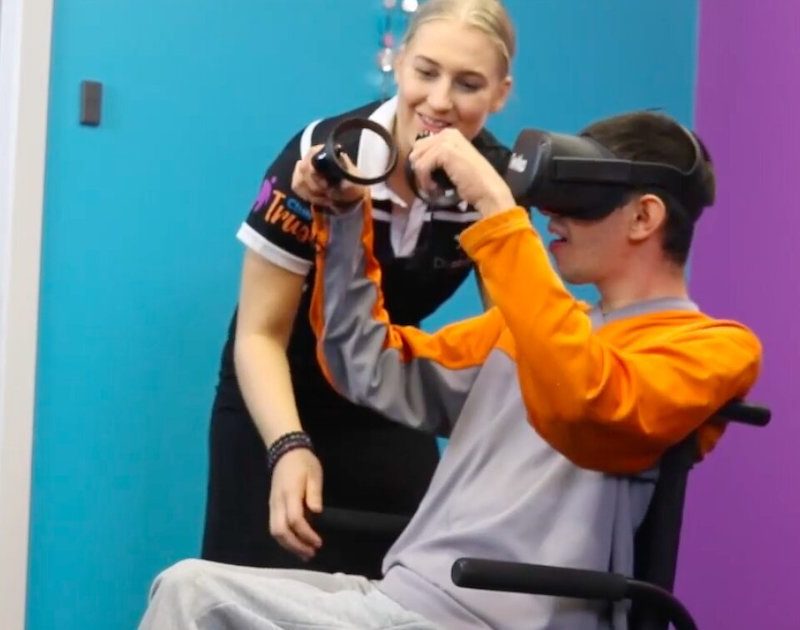DESCRIPTION
As digital artist Tarik Barri astutely observes on his website, when we look at a bird we don’t think to ourselves, “Hey, the way these visuals and this audio go together is really nice and well constructed!” Our brains have no problem integrating information from multiple senses at once—in fact, that’s the fundamental way we experience the world around us.
Media, however, isn’t quite there yet—though many technology-forward artists say that multi-sensory, immersive experiences are where its future is headed. That’s what the Gray Area Festival, running July 25–28 at the Gray Area Theater and Pier 70, seeks to explore with a weekend of workshops, performances and installations from artists eager to embrace the latest technological tools.
The festival’s biggest attraction is the U.S. premiere of the ISM Hexadome, an installation by the Institute of Sound and Music in Berlin. Presented at Pier 70, it’s comprised of six 20-foot-tall screens and can fit about 200 people. Essentially, it’s a 360-degree theater for showing audiovisual works by a wide variety of artists, including Radiohead’s Thom Yorke, whose beat-driven, sci-fi new album Anima explores the concept of a techno-dystopia. (Barri, who handles Yorke’s visuals for his tours, collaborated on the visual component of his Hexadome piece. )
The Hexadome pairs nine forward-thinking electronic musicians with nine visual artists. Cult singer-producer Holly Herndon, who recently released an album partially composed by artificial intelligence, worked with digital artist Mathew Dryhurst, her frequent collaborator and husband. Local techno luminary Lara Sarkissian (also known as DJ Foozool of Club Chai) teamed up with Berlin’s Jemma Woolmore, whose dimly lit geometric abstractions complement Sarkissian’s percussive beats that sample traditional Armenian folk instruments.
“This is a new, immersive format for how cinema and audiovisual collaborations can be experienced,” says Gray Area Festival curator Barry Threw.
One of the artists whose work is featured in the Hexadome, Suzanne Ciani, a pioneer of early synth-based experimental music, is slated to perform live inside of the installation on July 26, accompanied by visuals by AudeRrose. (After Gray Area Festival ends, the ISM Hexadome will be on view at Pier 70 through Aug. 3.)
The other major performance at the Gray Area Festival is Louis-Philippe Demers and Bill Vorn’s Inferno, where audience members don “robot exoskeletons”—bulky mechanical suits that physically force their wearers to dance in time with the dark, industrial techno soundtrack.
“Everybody’s being controlled together by these robots, and there’s one special performer who is the person who leads the rest of the group in this movement along with the composition that they’ve made,” explains Threw. “I think it has a lot to say about our current condition in San Francisco right now: it’s a metaphor for this way technology and humanity are trying to wrestle with one another, and what does it mean to give a lot of your control over to a technology environment.”
In addition to performances, festival-goers can attend talks and workshops about augmented reality, holograms and immersive storytelling. Threw says despite the novelty of these technological tools, the idea at the heart of the festival is that experiencing art in interactive environments is not new. In fact, it predates looking at art objects inside of four white walls by thousands of years.
“There’s definitely a trend in people wanting to have experiences in environments instead of objects. Really when you get down to it, this trend is more of a return,” says Threw. “Even from the dawn of when people started making art, you look at the caves of Chauvet and Lascaux—there was a whole site specific nature of how art was created. You have the cave paintings made in an environment of flickering fire, and there was a sound environment and a nonlinear cave surface. The art was made in conjunction with a surrounding sensorial experience.”
Now, Threw adds, after decades of viewing decontextualized art objects in bland gallery and museum settings, audiences have a hunger for multi-sensory, interactive works. The popularity of Instagram-ready “museums” like the Color Factory already has indicated this, but using tools like the Hexadome, VR and AR, artists have begun to explore more nuanced and less commercial forms of multi-sensory storytelling.
“It’s clear people realize the power of these immersive experiences,” says Threw. “The question is: how do you use them for more artistic and impactful content?”


